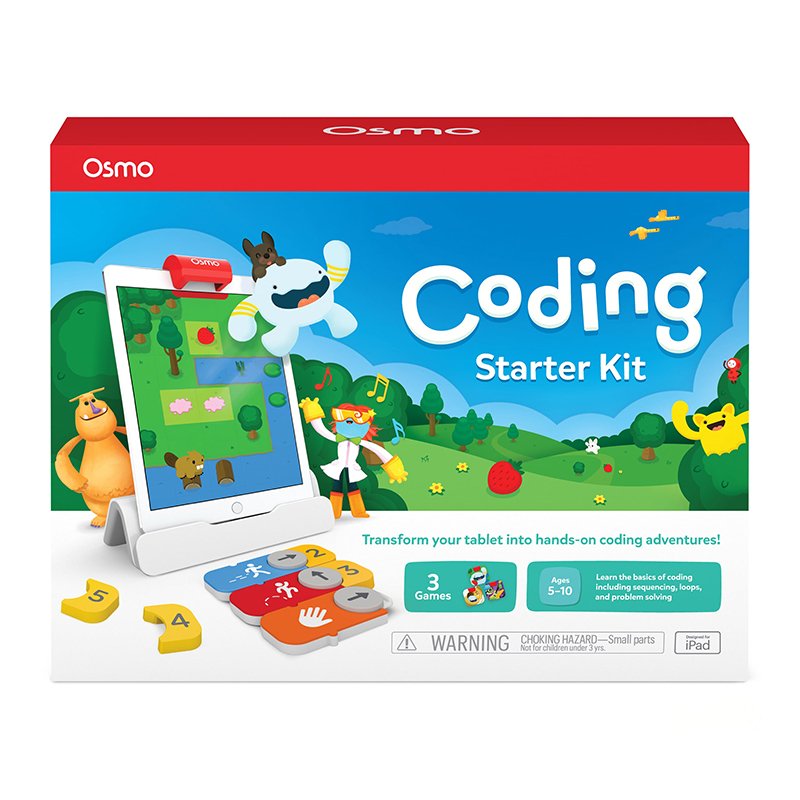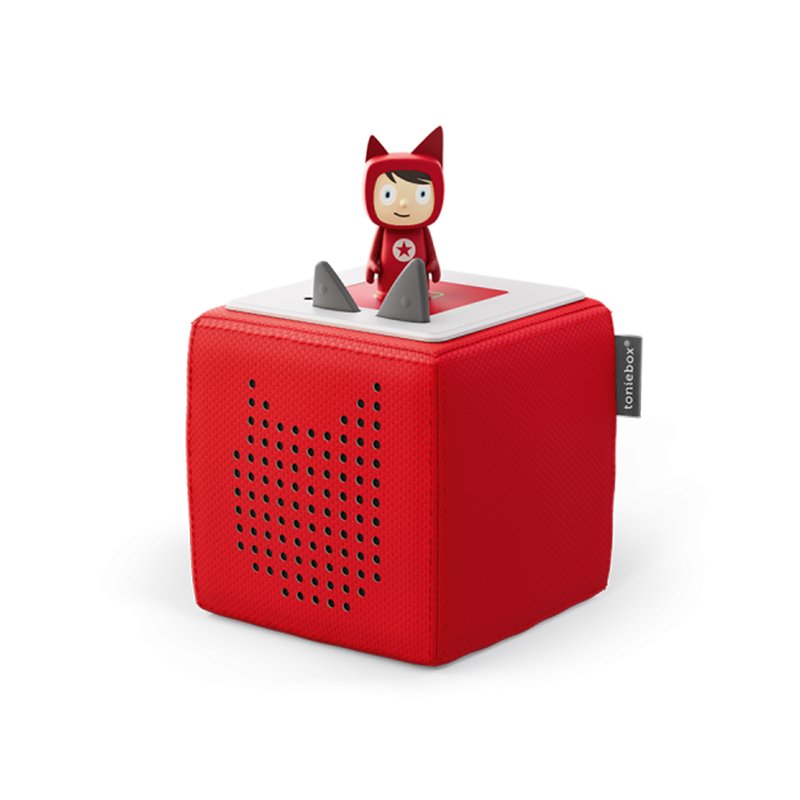
Smart Toys, Smarter Kids: A Parent’s Guide to Connected Toys
The last few years have seen a huge rise in ‘connected’ toys and while we are seeing firsthand how they can be used to expand play and learning, it is important that we know what they are and how to make sure our little ones are staying safe when using them.
What are connected toys?
Connected toys are toys that connect to the internet. There are a few ways they might do this:
If the toy is controlled by an app while being played with.
For example, the Smartibot robot’s movements can be directed on-screen as you might do with a remote-controlled car – with the added flexibility of doing this through basic controls or more complex programming.
If the app takes information from or is controlled by the toy while being played with.
Osmo for instance, combines a tablet camera and stand with physical pieces – players slot pieces of ‘code’ together to command the character in the on-screen game to move. The three hands-on games it includes progressively get more challenging.
If the toy is initially programmed or linked to an app, only the physical toy is played with
The Toniebox uses an app to download stories or personalised content (e.g. a goodnight message from the grandparents) and onto the accompanying Tonies figurines. Children then just place the Tonies onto the speaker to listen to the content, with no device required.
Limiting passive, solitary screen use ensures that children have time to benefit from other key types of play, particularly social, active, and imaginative play which is so crucial to healthy development. Connected toys can be a good way to appeal to your child’s love of technology while promoting more active and creative use of their devices.
What are the risks of connected toys?
As with anything constantly connected to the internet, this can bring about risks to you and your child’s privacy. This is because, just like on a computer, any personal data runs the risk of falling into the wrong hands if it is not protected.
“In the case of internet-connected toys…children are talking to them, sharing aspirations and secrets…and all this data is being hoovered up.”
– Vicki Nash of the Oxford Internet Institute, speaking at the British Academy (January 2020).
This doesn’t mean we should avoid connected toys altogether, but parents do need to be aware of what information is being sent and received through these devices and how to protect themselves.
How to protect your children
- Have a conversation with your child about potential risks on the internet – discuss the importance of never giving out personal information to people online or posting sensitive data.
- Teach them about the importance of passwords – Ensure all passwords on connected toys and devices are complicated and tough to crack, by including upper and lowercase letters, numbers and symbols and regularly changing them.
- Use parental controls – when setting up the toy, make sure that the parental controls are set appropriately for your child to let you choose what they can and cannot access.
- Make sure your connection is secure – keep your Wi-Fi connection password protected and ensure your children access the internet from a secure Wi-Fi line.
- Make sure the software is regularly updated – for the latest privacy settings and fixes, and use antivirus and security software.
- Make sure data is wiped when recycling or passing on toys and devices – this means any data stays private to you and ensures the toy has been restored to its fresh, non-personalised settings.
- Model sensible online behaviour for your children to follow – don’t overshare on social media and make your pages private if you tend to post about where you are and what you’re doing frequently.
- Play internet safety games – resources and online games such as Interland can help to make sure your child is up to speed on the latest threats in a fun and accessible way.
Summary
While traditional toys will always have a place, interactive and innovative technology can have great development benefits as part of a healthy, balanced play diet. However, it is important to be aware of the dangers of constant connectivity and what we can do to keep our children and their personal data safe.





